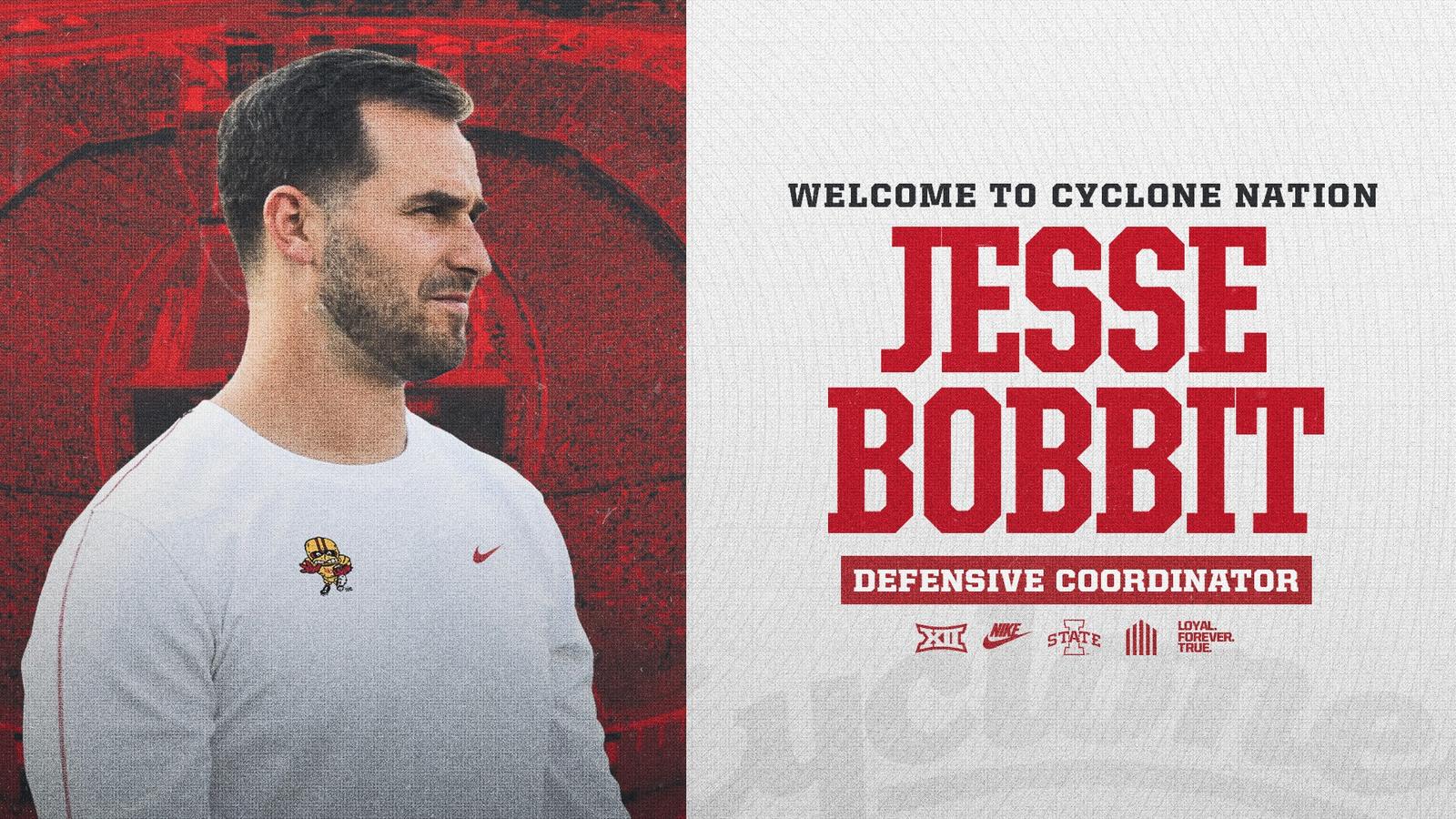- PIA privatization to help strengthen national economy: PM RADIO PAKISTAN
- Arif Habib consortium emerges victorious in PIA auction with Rs135bn bid Dawn
- PIA privatisation enters final phase as bids are reviewed The Express Tribune
- Pakistan…
Blog
-
PIA privatization to help strengthen national economy: PM – RADIO PAKISTAN
-

Research Hotspots and Prospects of Artificial Intelligence in Cardiova
Introduction
Cardiovascular disease (CVD) is one of the leading causes of death and disease burden globally, with rising incidence and mortality rates.1 Aging populations and lifestyle changes pose significant challenges to CVD prevention and…
Continue Reading
-

Father’s microplastic exposure tied to their children’s metabolic problems | UCR News
A study led by biomedical scientists at the University of California, Riverside, has shown for the first time that a father’s exposure to microplastics (MPs) can trigger metabolic dysfunctions in his offspring. The research, conducted using…
Continue Reading
-

Lewis-Eutsey Wins Second Sun Belt Conference Women’s Basketball Player of the Week Award
NEW ORLEANS – For the second time this season, Timaya Lewis-Eutsey has been voted the Sun Belt Conference Women’s Basketball Player of the Week by the conference office on Tuesday. The award culminates a standout week after her first nod came…
Continue Reading
-

Lu 177 Plus Immunotherapy Displays Responses in Prostate Cancer
The addition of immunotherapy consisting of nivolumab (Opdivo) and ipilimumab (Yervoy) to lutetium-177-PSMA (Pluvicto) exhibited enhanced efficacy outcomes vs the radioligand alone as a treatment for patients with advanced castration-resistant…
Continue Reading
-

Bold docuseries or dull branding exercise? What The End of an Era really told us about Taylor Swift | Taylor Swift
In the behind-the-scenes documentary series Taylor Swift: The End of an Era, the singer Florence Welch ascends to the stage to perform their duet Florida!!! to a crowd of 90,000 people. Welch later reflects on their duet at Wembley Stadium with a…
Continue Reading
-
Public Workshop and Request for Information (RFI) Space Conditioning And Water Heating Equipment Data Tracking Second RFI on Draft Express Terms
The California Energy Commission (CEC) is considering development of data collection regulations to ensure that it has access to sufficient information for its analytical, policy, and program mandates. The CEC is requesting that stakeholders and interested members of the public provide written information and feedback on potential data reporting requirements for space heating, air conditioning, and water heating equipment sales in California as described further below.
In addition to seeking written feedback, the CEC staff will host a public workshop to discuss the proposed regulations and receive oral feedback from participants. This is a hybrid meeting, with both a publicly accessible physical location and public access online or by phone through Zoom.
A quorum of commissioners may participate in person, but no votes will be taken. The public can participate in the workshop consistent with the attendance instructions below. The CEC aims to begin promptly at the start time posted and the end time is an estimate based on the proposed agenda. The workshop may end sooner or later than the posted end time.
Notice and Agenda
Remote Attendance
Remote participants may join via Zoom by internet or phone.
- Attend Workshop via Zoom, or log in at the Zoom website, enter the Webinar ID 889 1273 6019 and passcode 754963, and follow all prompts.
- To join by telephone. Call toll-free at (888) 475-4499 or toll at (669) 219-2599. When prompted, enter the Webinar ID 889 1273 6019 and passcode 754963.
Zoom Closed Captioning Service. At the bottom of the screen, click the Live Transcript CC icon and choose “Show Subtitle” or “View Full Transcript” from the pop-up menu. To stop closed captioning, close the “Live Transcript” or select “Hide Subtitle” from the pop-up menu. If joining by phone, closed captioning is automatic and cannot be turned off. While closed captioning is available in real-time, it can include errors. A more accurate transcript of the workshop will be docketed and posted as soon as possible after the meeting concludes.
Zoom Difficulty. Contact Zoom at (888) 799-9666 ext. 2, or the CEC Public Advisor at publicadvisor@energy.ca.gov, or by phone at (916) 269-9595.
In-Person Attendance
California Natural Resources Agency Building
CNRA Media Room
715 P Street,
Sacramento, CA 95814CNRA Media Room (go directly north from the main entrance on P Street, passing the lobby and two-story display screen, take the stairs on the left to the second floor, turn left at the landing and head directly forward. Meeting room is through the double doors.).
If participants bring a device to join the meeting via Zoom at the physical location, the system audio must be muted, or the audio should not be joined. This is to avoid disruptive feedback during the meeting. Audio will be provided through an onsite sound system.
Continue Reading
-

King Wins Earl Campbell Tyler Rose Award – Football — Georgia Tech Yellow Jackets
ORLANDO, Fla. – Georgia Tech quarterback Haynes King (Longview, Texas/Longview H.S.) is the winner of the 2025 Earl Campbell Tyler Rose Award, which is given to college football’s top offensive player that played football at and graduated…
Continue Reading
-

Jesse Bobbit Named Iowa State Defensive Coordinator
AMES, Iowa – Iowa State head coach Jimmy Rogers has announced that Jesse Bobbit, a former player for him at South Dakota State, has been named the Cyclones’ defensive coordinator.
“Jesse was one of the most focused players I’ve ever coached…
Continue Reading
